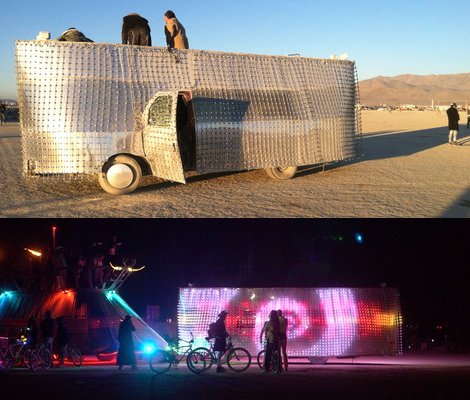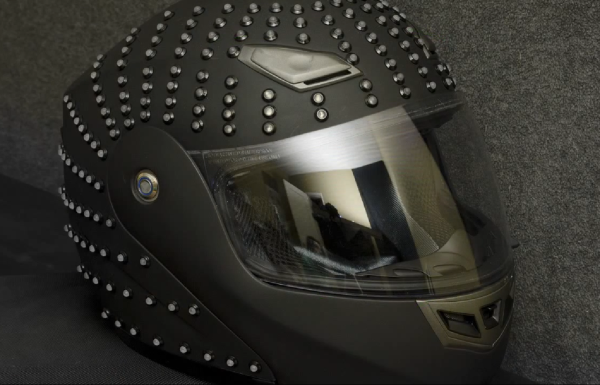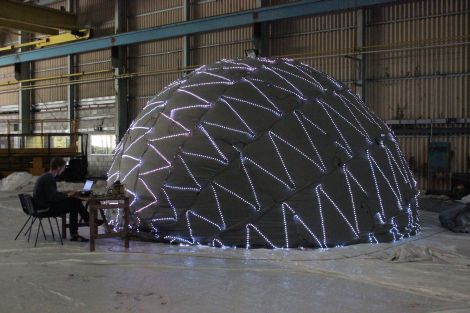
Whether or not you manged to attend this year’s Burning Man festival we’re dead certain you’ll enjoy reading [Kenneth Finnegan’s] show and tell about the event. This was his first time attending. Aside from his noobish excitement (which is really the only way to approach writing something like this) we’d never know he wasn’t a seasoned veteran. From what he and friend [Marcel] packed along with them, to the attractions he visited, he did Burning Man right!
The two snapped a selfie in the truck on their way to Black Rock City, the community that sprouts up in the Nevada desert every year for Burning Man. Bumper-to-bumper traffic is a surprise in the middle of nowhere, but when you find out that BRC boasted about 68,000 residents this year it’s no wonder. [Kenneth] spends some time talking about the camp they set up, including more than enough solar power, and an amateur radio setup that came in handy in lieu of phone service. This flows into his collection of cool art he came across, most of it massive in scale. There’s even an airport, which is how he was able to snap the aerial photo above.
We think the coolest part of his recollection is the view of ‘city life’. There are night clubs, bowling alleys, radios stations broadcasting live interviews and hosting talk shows, cafés, and much more. Hanging out in the desert at the end of August may not sound like your thing, but reading about [Kenneth’s] odyssey makes us think Burning Man is like Disneyland for Hackers.















